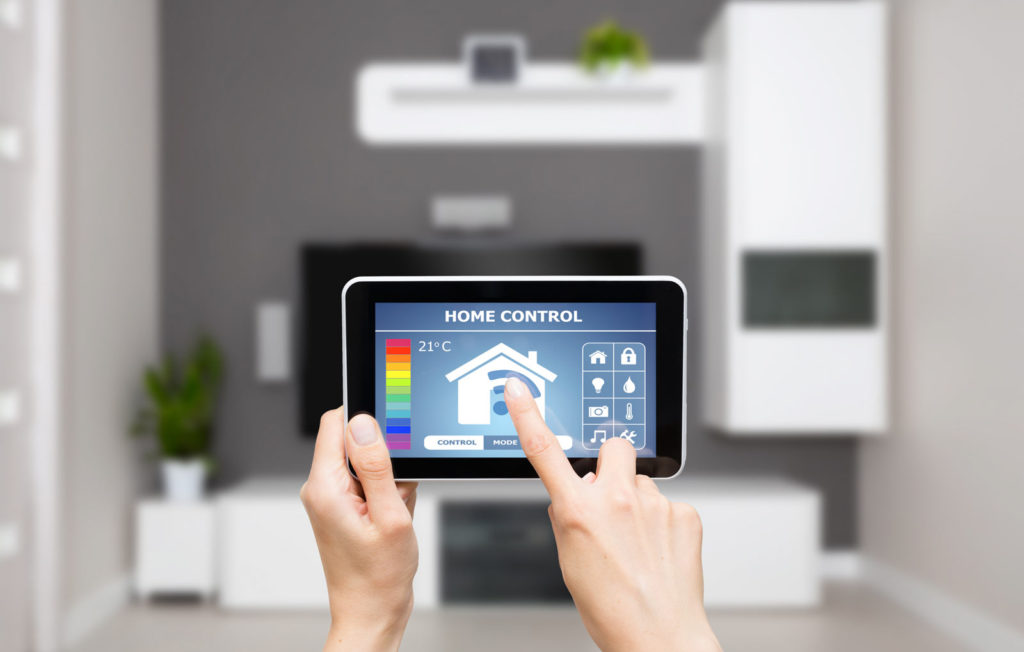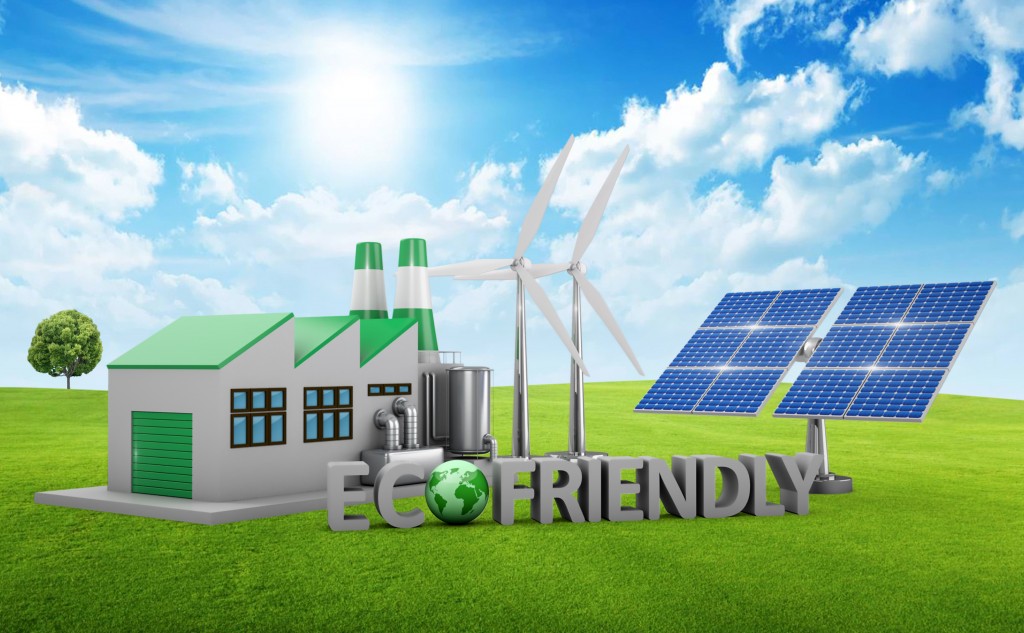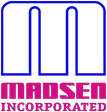
HVAC is usually one of the biggest energy consumers in any home or business. So with technology constantly evolving to help these systems become more effective and less wasteful, knowledge is power (literally). So check out the latest HVAC technology trends worth following for a smarter, more efficient home.
Zoning Systems
Say goodbye to the days of household rivalries started by “who turned up the thermostat?!” Now, one system can be controlled by multiple thermostats in individual areas of a home or building. With a Zoning System, the ductwork features a series of dampers to provide various temperature zones throughout your home. So instead of heating or cooling the entire space at all times, you can adjust only the rooms you’re using to meet your comfort needs, while reducing energy use from 20-40%.
Dual Fuel Heat Pumps
Heat pumps are a much more energy-efficient alternative to a traditional AC. By using electricity to move the heat between your home and outside, Dual Fuel Heat Pumps allow you to take advantage of two types of energy in order to maximize the benefits of each. For cooler settings, the pump will use low-cost gas for power, and when temperatures rise, it switches to electricity, generating up to 4x the energy it uses to save you significantly in the long run.
Geothermal Heat Pumps
While not exactly a new technology to the HVAC scene, Geothermal Heat Pumps are being used by more and more homeowners because of the energy-saving benefits they provide. By utilizing the consistent heat from the ground through underground tubing, the unit transforms cold air into heat during the winter months. In the summer, the ground is used as a heat sink to remove the heat to produce cold air. It can also produce hot water, which makes it a pretty all-in-one piece of technology – a quality that’s very consistent with today’s technology trends.
Thermally Driven AC
With a shift toward renewable energy leading the latest trends, Thermally Driven AC is at the forefront, operating on solar energy and incorporating natural gas whenever more power is needed. During the summer months, electricity costs peak for homeowners while traditional AC units are running their hardest. Since Thermally Driven chillers are fueled by natural resources, you’ll reduce this demand on your Power-Grid and avoid costly spikes. And since this system features fewer moving parts, it tends to have longer lifespans than most electric AC units.
Movement-Activated AC
When your air conditioning runs constantly, it’s most likely cooling when you don’t need it to. By eliminating this unnecessary output, you’ll save energy and reduce your carbon footprint. But you can’t constantly adjust the thermostat all day long. So a Movement-Activated AC system does it for you. Through the use of sensors hung from the ceiling, the system can detect when someone is in the room and know to kick on. When the room is empty, the air shuts off automatically, saving you big on utility bills.
Home Automation
There was a time when we could only dream of our popcorn making itself, so you didn’t have to miss your favorite part of the movie. Now, home automation is making it all a reality. Through apps and remotes, we can control our security, lighting, appliances and more from anywhere to make our lives easier and more efficient. Engineers are working overtime to get HVACs into the home automation game in a big way, so we may not be far from managing our units with a tap of our mobile device.
To learn more about the newest HVAC technology or find out which systems are best for your home, contact our expert technicians today.

Even if being eco-friendly isn’t your top priority, we have a feeling you like to save money on your home utilities. And the truth is, they’re usually one in the same. A few simple switches in your home’s plumbing, heating, and cooling, can help you eliminate the anxiety of your upcoming monthly utility bills while also helping you save the environment. Here are five easy, eco-friendly solutions for your home to get you started.
1. Upgrade Your Thermostat
If you’re still using an older thermostat, you could be wasting a lot of excess energy. It’s time to consider a programmable thermostat. They’re fairly easy to replace on your own, and make life much easier once you have one. Forget about making yourself notes to lower the temperature setting before you leave the home or getting frustrated when you forget. Instead, you can pre-set your ideal temperatures on a timer, so you can just adjust it once and then forget about it, saving you energy and keeping you comfortable all season long.
2. Review Your Weather Stripping
Did you know that 7-12% of your home’s heat is lost due to insufficient weather stripping? This process of sealing the cracks and openings in your windows and doors can eliminate unwanted drafts from leaking into your home. Weather stripping is easy to do very inexpensively. Pay a little now to make sure everything is sealed and save a lot in energy costs in the long run.
3. Eco-friendly Bathroom Fixtures
Not all bathroom upgrades have to be super costly; especially eco-friendly ones. Start with an aerator – an inexpensive gadget that restricts water flow from faucets and shower heads to help reduce your water use. For perspective, an 8min shower uses an average of 136 liters of water each time, so making the switch to an aerating head will use far less water and energy, while still maintaining the power of your shower. Automatic faucets are also a great way to reduce your water consumption. While it seems like an easy task to turn off the water while brushing our teeth, most of us don’t. For the kids’ nightly bedtime routines and your pre-work morning rituals, automatic faucets help force you to be eco-friendly without having to think about it.
4. Clean Your Drains with Different Products
Drainage pipes are an essential part of your home, consistently working all day long to maintain smooth water flow and remove waste. Because of this reason, they need to be cleaned every 4-8 weeks. While most homeowners will rely on off-the-shelf cleaning products, many of these conventional drainage solutions will contain sodium hydroxide, a toxic man-made chemical that’s harmful to the environment. The good news is that there are a number of eco-friendly cleaning products out there that cost just about the same as conventional cleaners. Check out Unique Natural, Biokleen or Home Solv at your local stores.
5. Schedule Regular Maintenance
Regular HVAC tune-ups are one of the most important things you can do for your heating system. Dust and debris, as well as leaves and dirt, can clog up both indoor and outdoor units, increasing friction and inhibiting the ability to run efficiently. It also makes it more prone to operational issues that require costly repairs or replacements. During a routine maintenance check, a certified HVAC technician can advise you on the necessary actions to help minimize your energy consumption and heat your home inexpensively.
For more tips on how to make your home’s plumbing, heating and cooling systems more eco-friendly or to learn more about our solutions, contact our experts to discuss your specific needs today!


